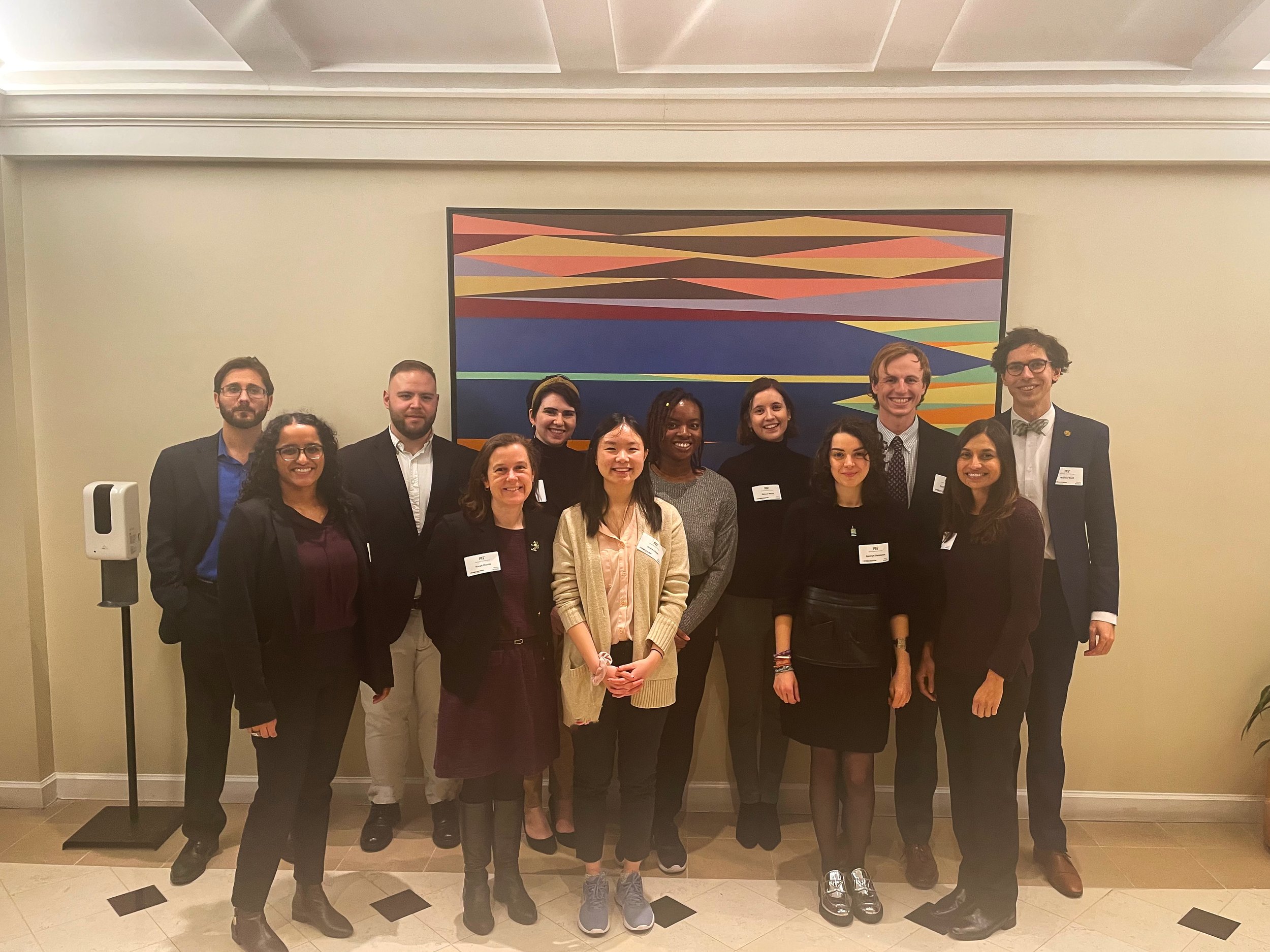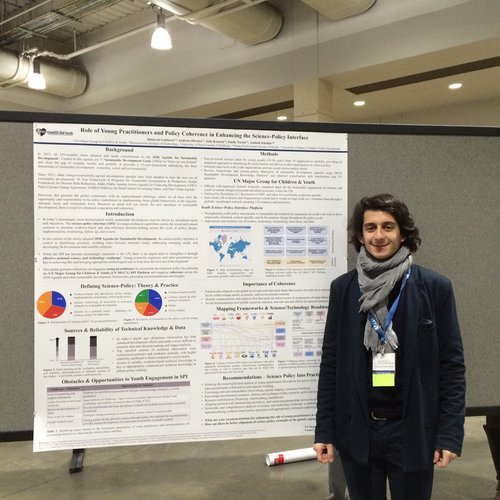This year’s theme for the AAAS meeting was “science policy for society,” which I was very drawn to as a current Technology Policy Program student within the MIT Institute for Data, Systems, & Society. Outside of MIT, I am also part of a participatory youth engagement mechanism within the UN system, called the UN Major Group for Children & Youth (UN MGCY), that is entirely youth-led and volunteer based, engaging youth (up to 30 years old) in a dozen different intergovernmental processes related to sustainable development. Its role is to facilitate meaningfully engagement of youth – including young scientists and engineers - in the policy design, implementation, follow-up and review stages across all levels (global, national, and local level). Attending the conference with a few colleagues from both MIT and UN MGCY, I had the pleasure of engaging in substantive discussions in the lead-up, during, and after the forum. I would like to share a few of the highlights from the sessions which I attended:
Power of Networks
The value of networks is difficult to measure until an opportunity presents itself to leverage a discussion or card exchange. The format and organization of the conference was conducive to interactions between people across fields, nationalities, and generations. Given the multidimensional and multidisciplinary nature of science policy, the rich diversity of participants helped promote substantive dialogue and networking that will surely have long-term effects.
Science Communication
Effective science communication is crucial in appropriately impacting society through science policy. Whether it’s communicating data, interpreting or applying science, or putting engineering principles into practice, bridging gaps between science and policy is vital in successfully enacting sustainable and positive change. Although science is objectively derived, it is often subjectively interpreted, influenced by underlying values and local context that have unique socio-cultural, economic, and environmental priorities.
Science practitioners, more and more, are being urged to assist policy making, contributing to an era of evidence-informed policy. However, this approach not always meets societal needs. This is partly due to ineffective communication of science and persisting gap between science practitioners and policy makers. Therefore, effective communication must help in closing the gaps between science and policy in order to galvanize public interest, promote well-founded advocacy, and help steer decision making.
In doing so, it important to explore sources of disconnect, perceived or real, between science / policy / society and how it has contributed to rifts over knowledge assessments, interpretation of empirical data, and even influence outcomes of both scientific and policy processes. Creative ways should be developed to enhance avenues for young practitioners to communicate their work for effective integration into policy and into inform public knowledge, as participatory mechanisms for science and technology impact assessments.
Advisory Mechanism
Several sessions focused on the role of science and technology advisory systems. One particular sessions discussed the Scientific Advice Mechanism (SAM), hosted in the European Commission's Directorate General for Research and Innovation, whose purpose is to draw upon a wide range of experts to support the Commission with high quality, timely and independent scientific advice for its policy-making activities. A similar initiative, spearheaded by the Science & Technology Advisory to the US Department of State, is a newly launched network of science and technology advisors to foreign governments. The first public meeting of the network members, from both developed and developing countries, took place during a special session hosted at Tufts by The Fletcher School of Law and Diplomacy and Science Diplomacy Club. The interactive dialogue helped highlight best practices for science advise, referencing similar processes ongoing at the UN level such as the Technology Facilitation Mechanism, as well as formally announcing the launch of a new center dedicated to science diplomacy.










